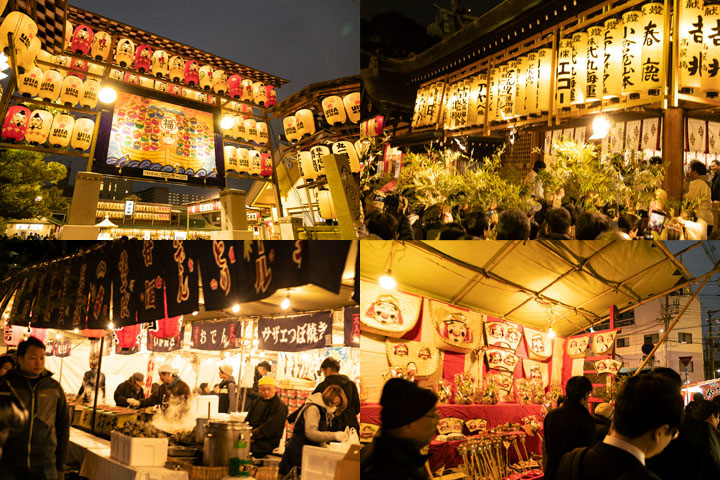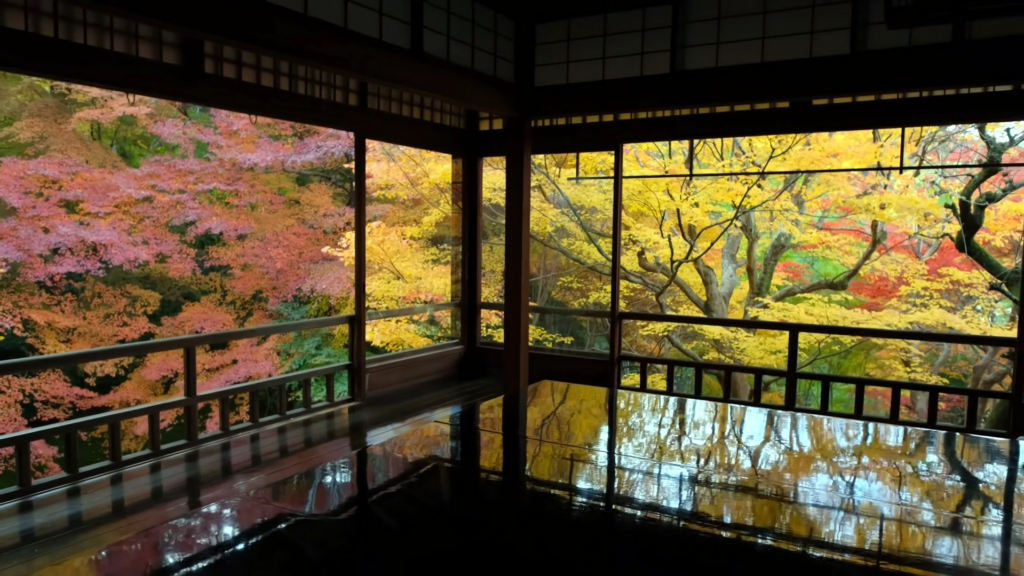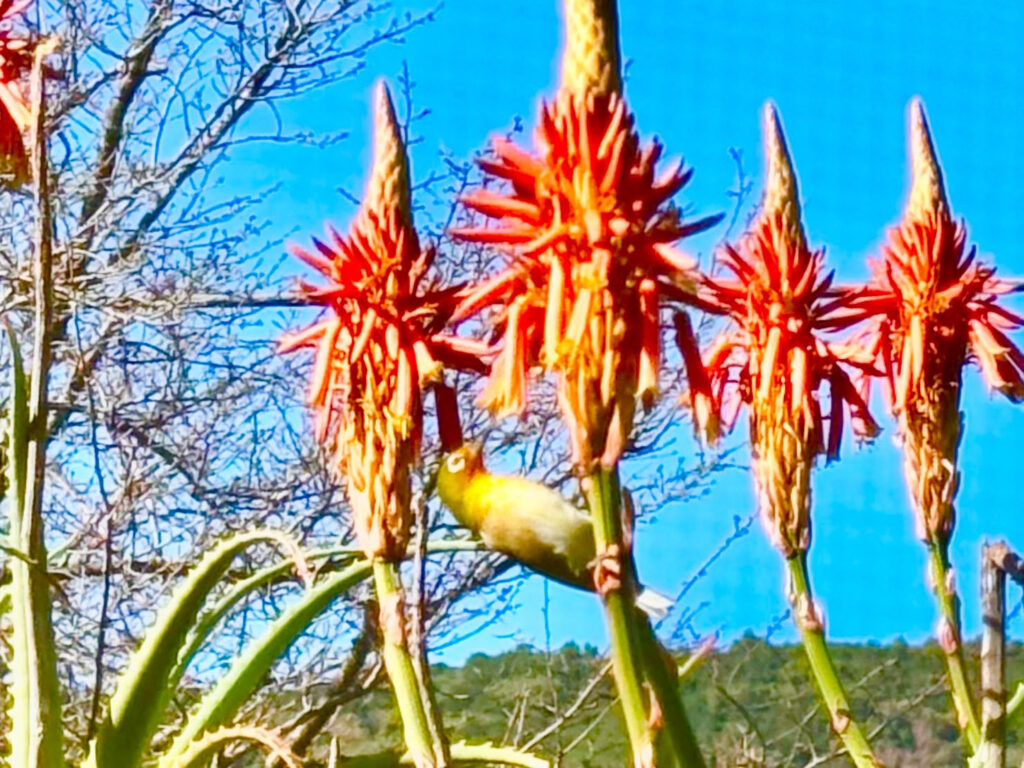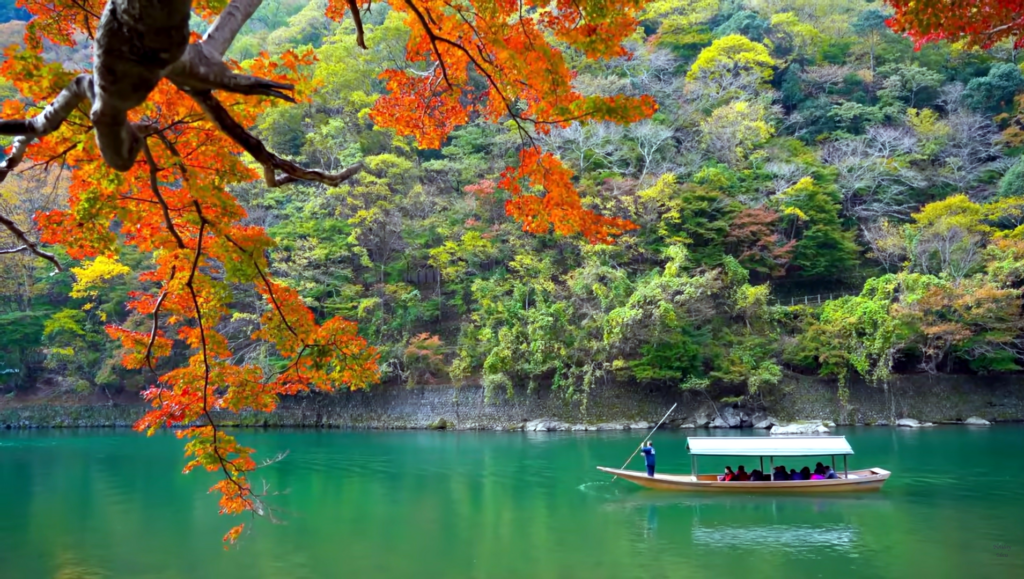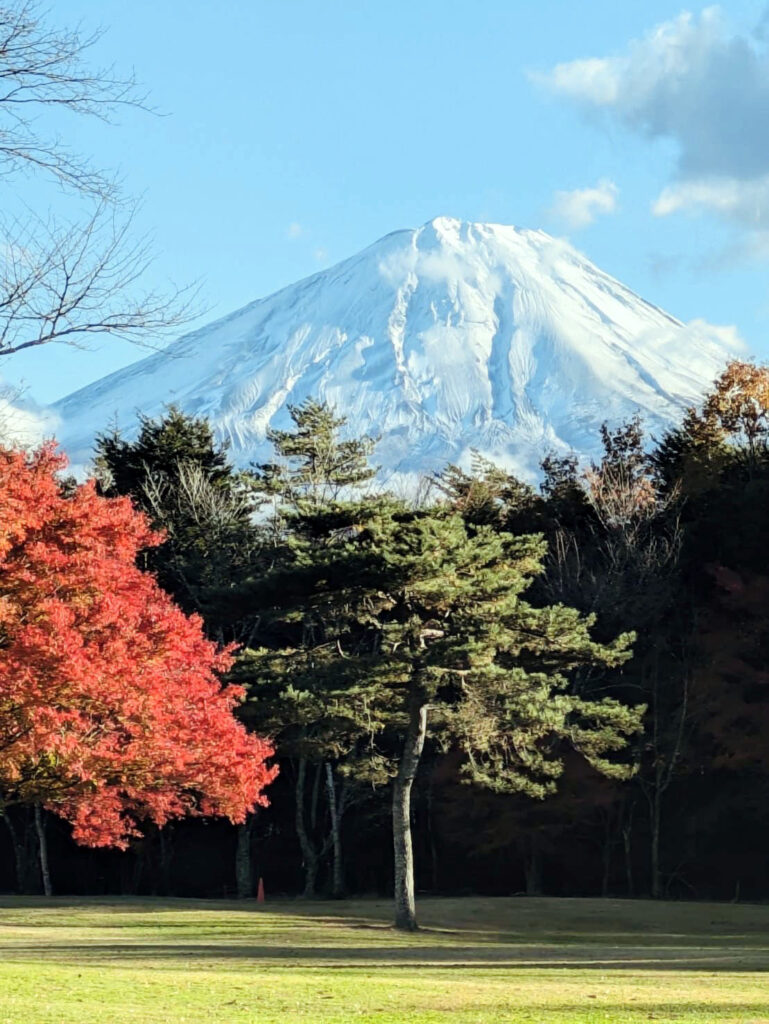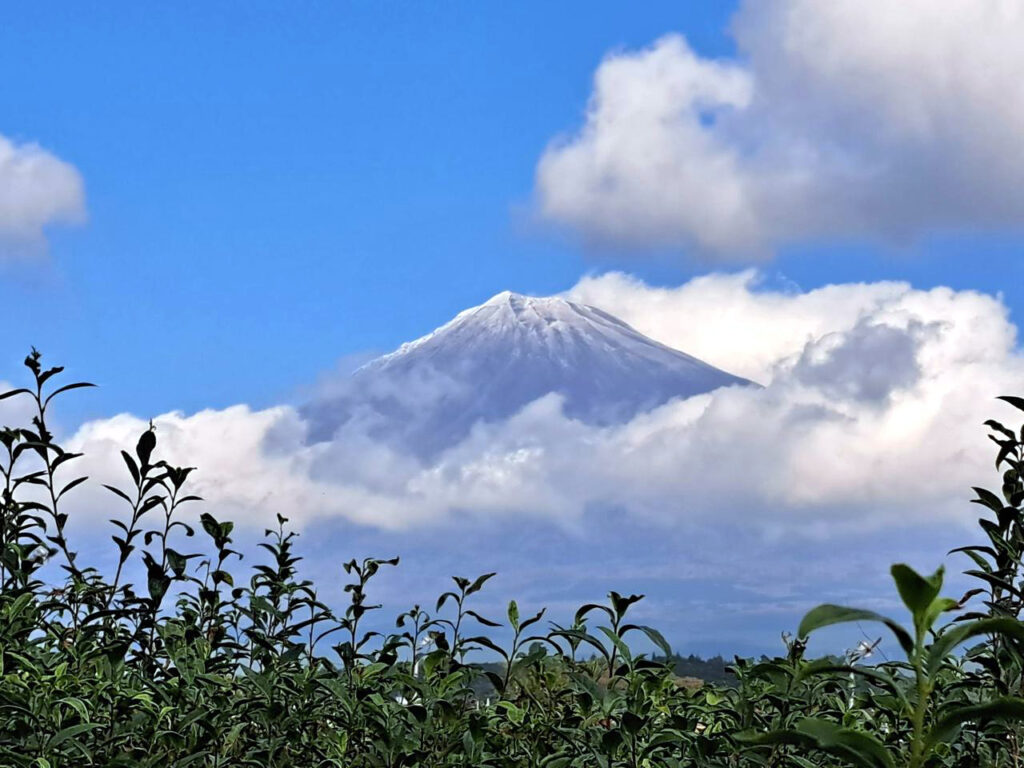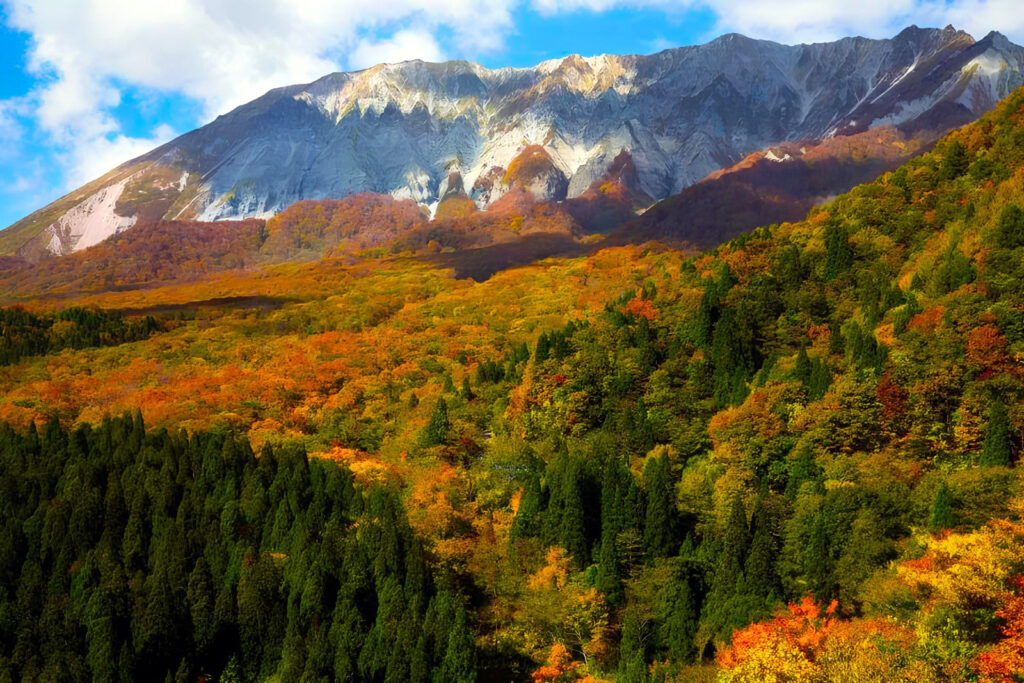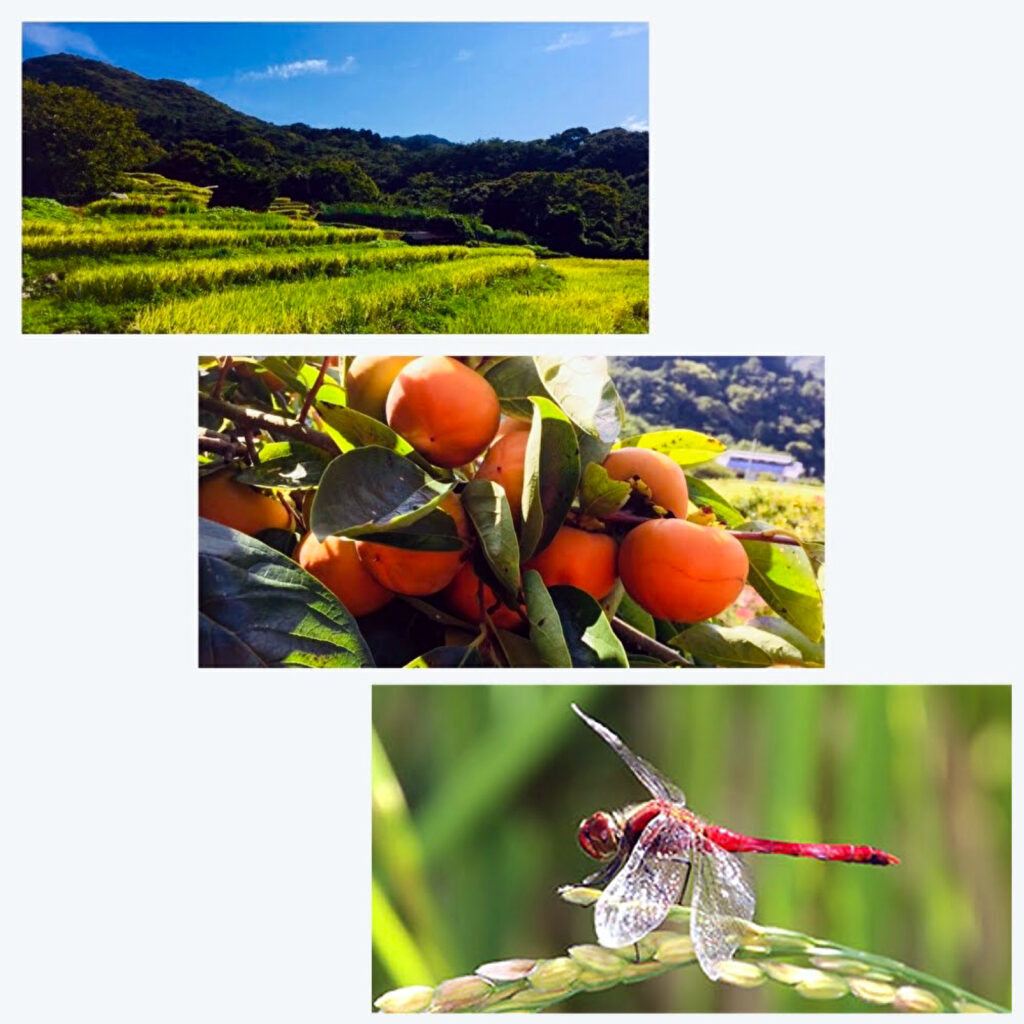十日えびすは、毎年1月10日に商売繁盛の神様であるえびす様を祀る祭りで、福を求めて多くの人が神社を訪れる賑やかな行事です。えびす様は、笑顔で釣り竿と鯛を持ち、福をもたらす神様として広く信仰されており、特に漁業や商売の守護神とされています。この祭りの起源は江戸時代に遡り、現代の形が整えられたとされています。関西地方を中心に盛んに行われ、大阪や兵庫の神社では大規模な祭りが催され、各神社で独自の風習や名物が見られます。
十日えびすで最も多く祈願されるのは商売繁盛です。商売人だけでなく、仕事運向上や事業成功を願う人々も多く訪れ、家内安全や健康、恋愛成就など、さまざまな願いが込められています。この時期には縁起物も多く販売され、代表的なものに福笹があります。福笹には鯛や小判、打ち出の小槌などの縁起物を飾り付け、商売繁盛の願いを込めます。また、熊手や破魔矢も人気があり、これらはお守りとして大切に扱われています。
近年では、伝統的な十日えびすの形式に加えて、現代風にアレンジされたイベントも増えています。福娘との記念撮影や福引大会、飲食ブースの出店など、多くの人が楽しめる工夫がなされています。これにより、従来の信仰の場としてだけでなく、地域の賑わいを創出する観光イベントとしても注目されています。このように、十日えびすは伝統と現代の融合により多くの人々に親しまれている行事です。
*上記の文章は、下記を参考に指示して生成AIの『ChatGPT』が生成しました。
【記事のポイント】
- 十日えびすの日付、期間、由来を簡潔に説明
- 福笹や縁起物など、お祭りの特徴的なものを紹介
- 商売繁盛だけでなく、他の願いも叶うことをアピール
- 地域の人々との交流など、お祭りの雰囲気も伝える
【キーワード】
十日えびす、えびす様、商売繁盛、福笹、縁起物、福娘、新年、関西
Toka Ebisu is a lively festival held every year on January 10th, during which Ebisu, the deity of prosperity in business, is worshipped. Many people visit shrines to pray for good fortune. Ebisu is widely revered as a smiling deity holding a fishing rod and a sea bream, believed to bring good luck, especially as a guardian deity of fishermen and merchants. The origins of this festival date back to the Edo period, and its modern form has been refined over time. It is primarily celebrated in the Kansai region, with large-scale festivals held at shrines in Osaka and Hyogo, where unique customs and local specialties can be observed at each shrine.
The most common prayer at Toka Ebisu is for business prosperity. Not only merchants, but also many people seeking career advancement and business success visit the shrines. Prayers for family safety, health, and romantic fulfillment are also common. During this period, many lucky charms are sold, with the most representative being “Fukuzasa” (lucky bamboo branches). These branches are adorned with auspicious items like sea bream ornaments, gold coins, and the mallet of fortune, symbolizing wishes for prosperity in business. Additionally, kumade (rake-shaped charms) and hamaya (decorative arrows) are popular and cherished as protective talismans.
In recent years, besides the traditional Toka Ebisu format, modernized events have also become more common. These include photo sessions with “Fukumusume” (lucky maidens), raffle draws, and food booths, providing entertainment for many attendees. As a result, Toka Ebisu has gained attention not only as a place of traditional worship but also as a tourist event that revitalizes local communities. In this way, Toka Ebisu has become a beloved event for many people, blending tradition with modernity.
*The above text was generated by the AI ”ChatGPT” with the instructions below as a reference.
[Article highlights]
• A brief explanation of the date, period, and origin of Toka Ebisu
• Introducing the distinctive features of the festival, such as the lucky bamboo and lucky charms
• Emphasizing that other wishes will come true, in addition to business prosperity
• Communicating the atmosphere of the festival, such as interactions with local people
[Keywords]
Toka Ebisu, Ebisu-sama, business prosperity, lucky bamboo, lucky charms, lucky girl, New Year, Kansai


